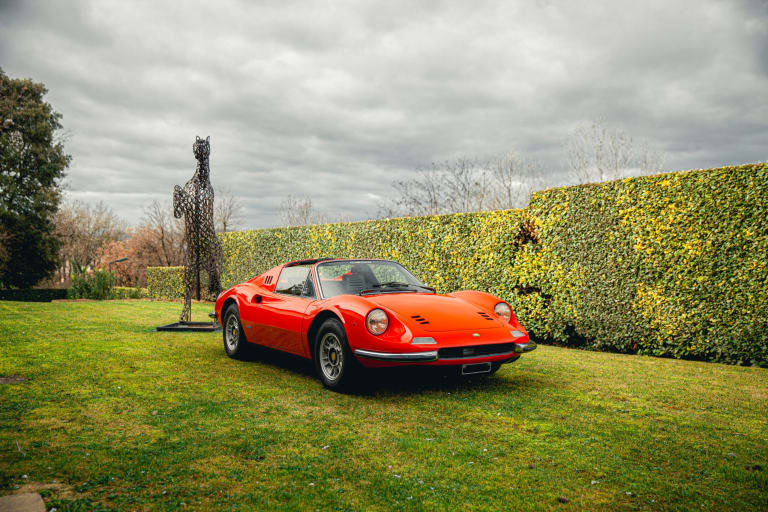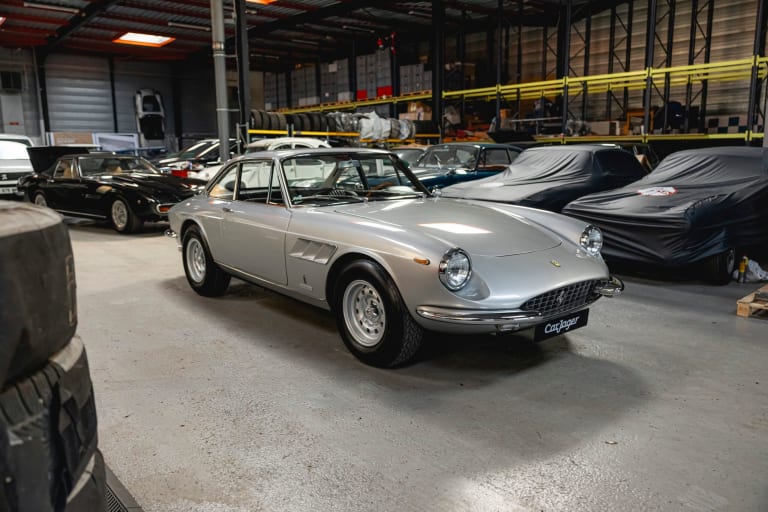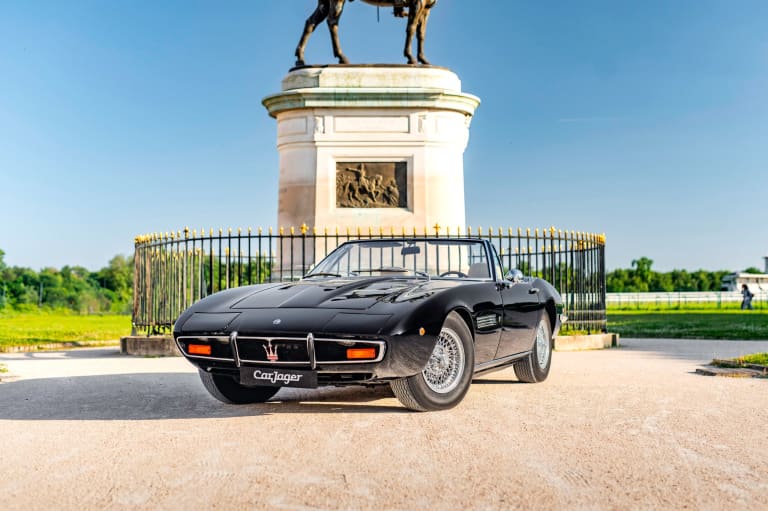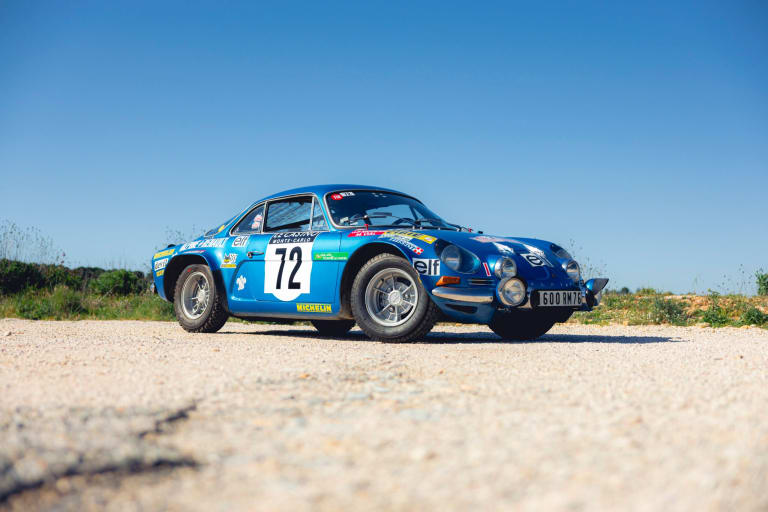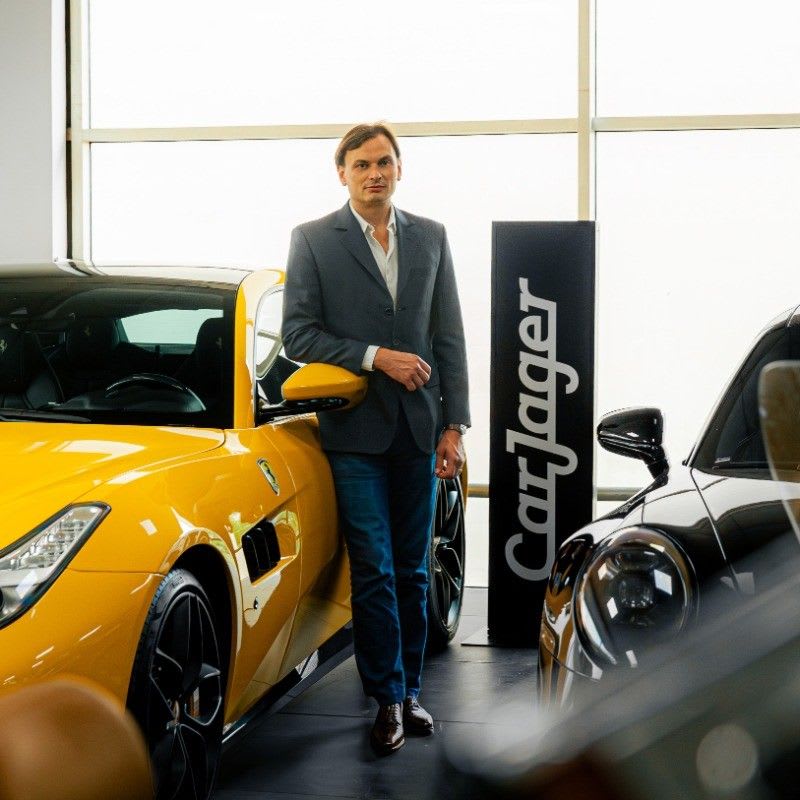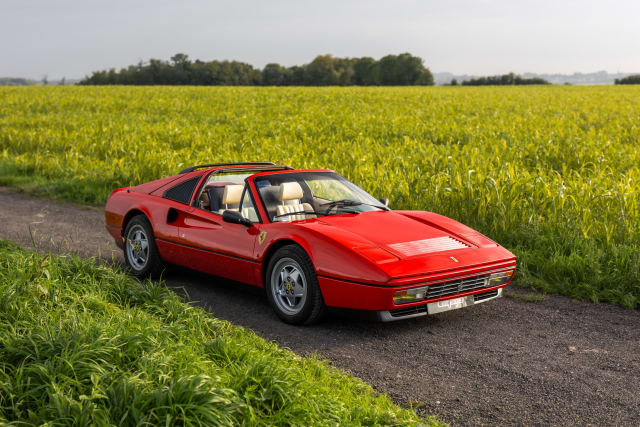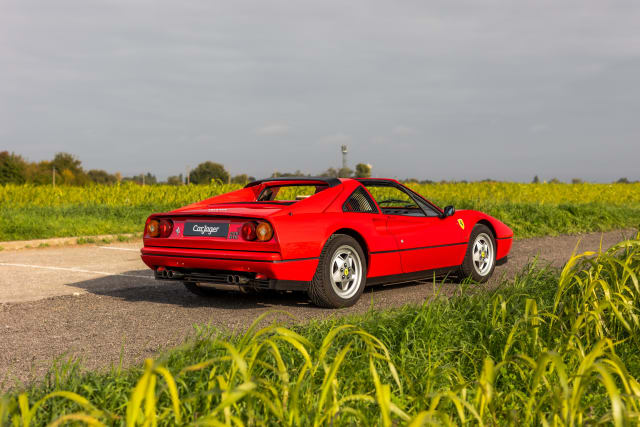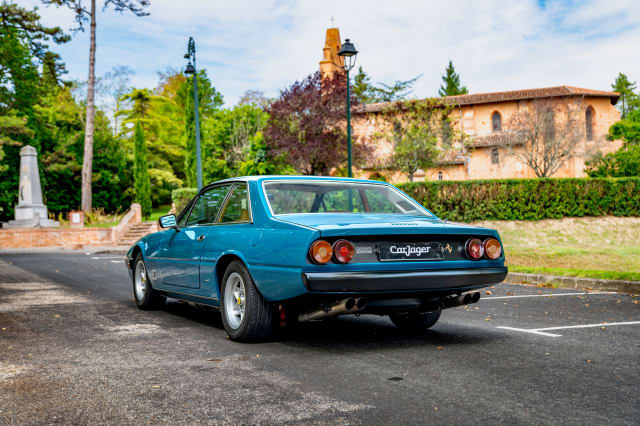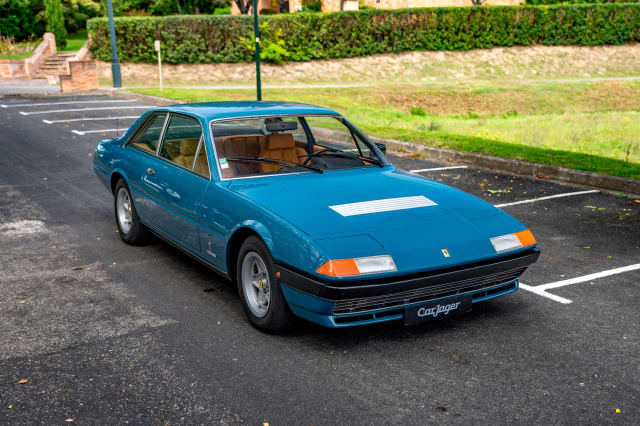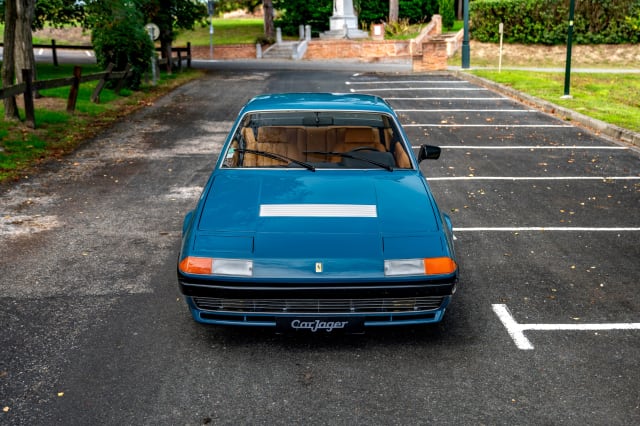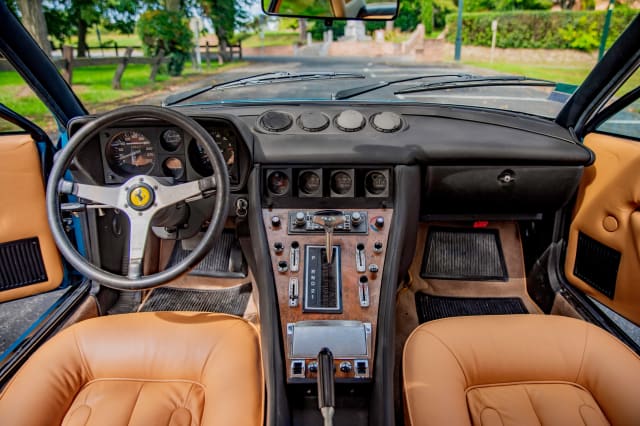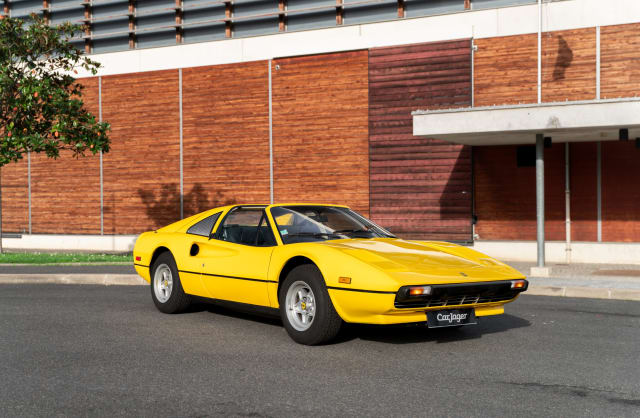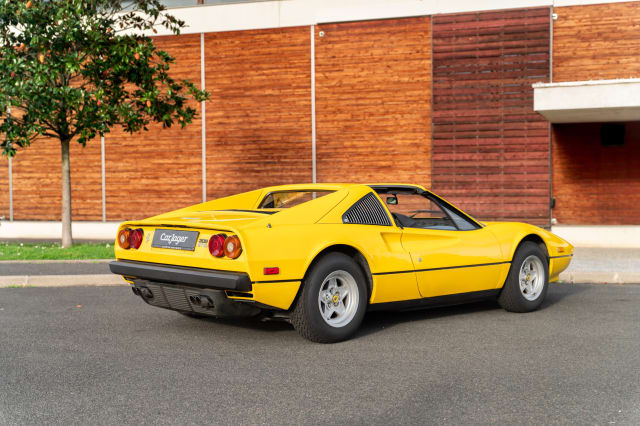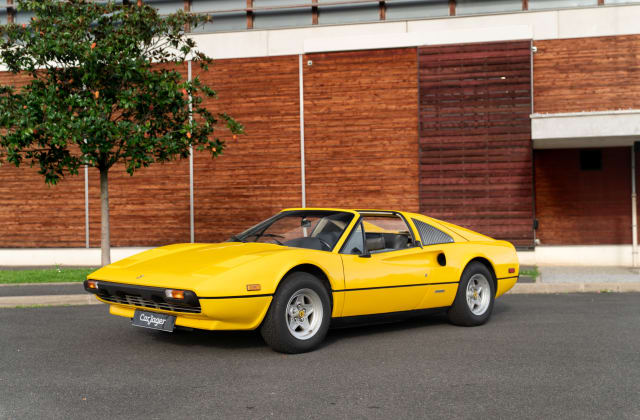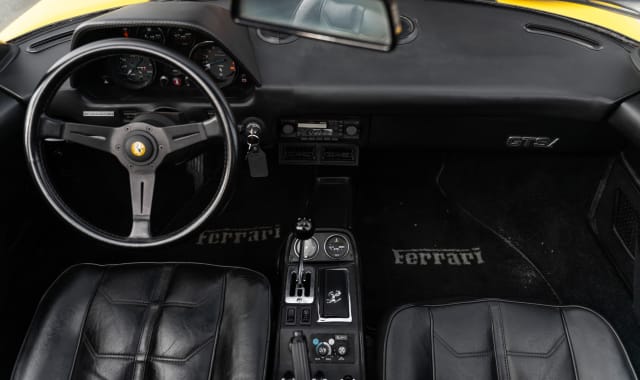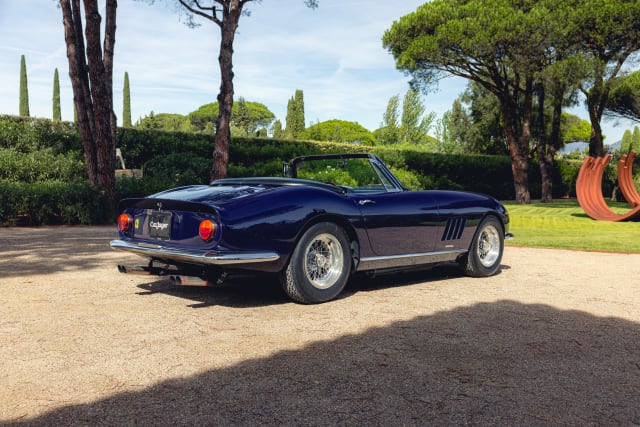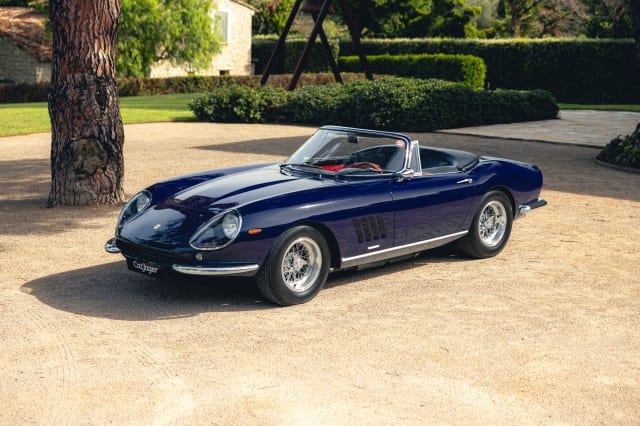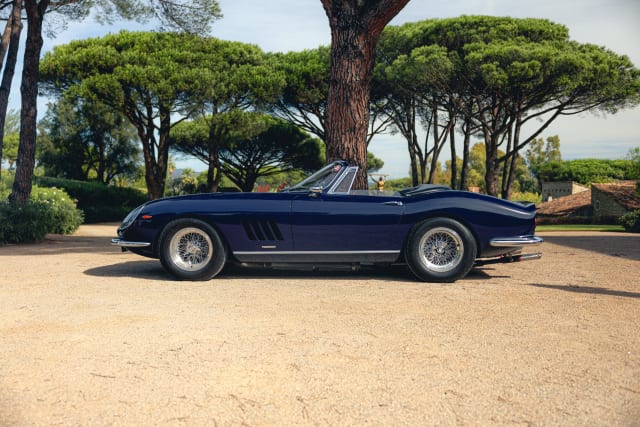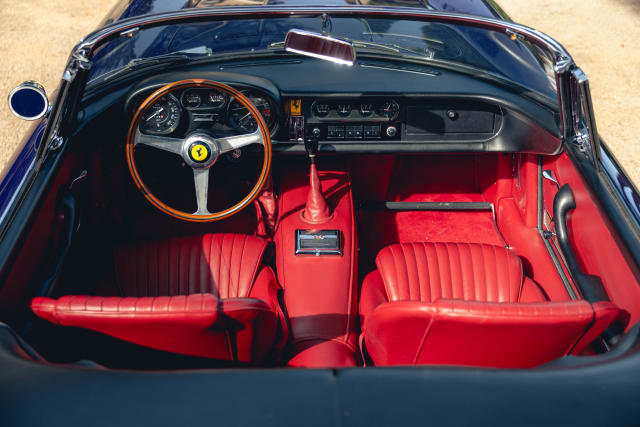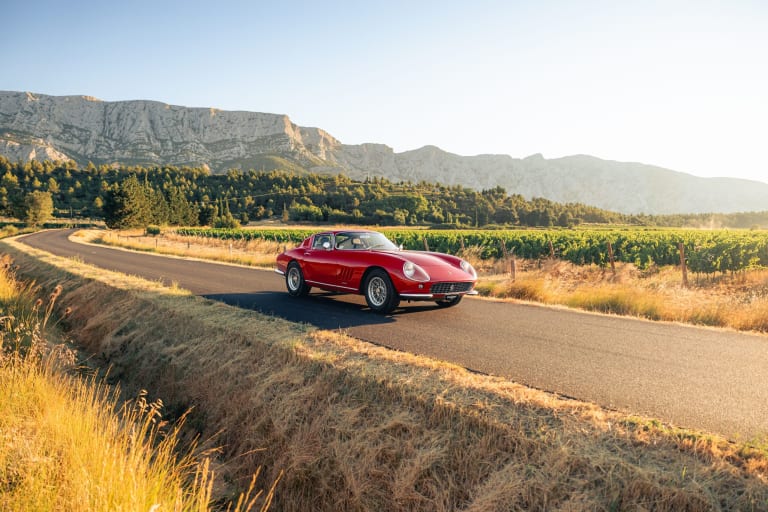
2025 is proving to be a challenging year for the classic car segment, especially models from the 1950s, 60s, and 70s. There are several reasons for this, but let’s not throw the baby out with the bathwater.
A whole generation — the one that saw these cars new on the streets as children — is now aging out of the market, giving way to collectors born in the 1980s and 90s. Naturally, these younger enthusiasts dream of, and buy, the icons of their own youth: Porsche 964 and 993, Ferrari 348 and 355, BMW M3s, Lamborghini Diablos…
This generational shift, combined with a gloomy overall climate — between geopolitical testosterone in overdrive and Europe’s own self-sabotage — doesn’t help market momentum. And yet the main market indicator remains, wrongly, auction house results. These players suffer from old-fashioned business practices and account for only 3% of all sales.
Why their decline? Excessive commissions, conflicts of interest among “expert” appraisers, incomplete information, questionable lots consigned by dealers, and sometimes less-than-saintly backstage dealings. And yet, auction houses remain untouchable, the compass of a disoriented market, still dazzling clients with canapés, crémant bubbles, and glossy catalogs. But reality isn’t nearly as bleak as their numbers make it look.
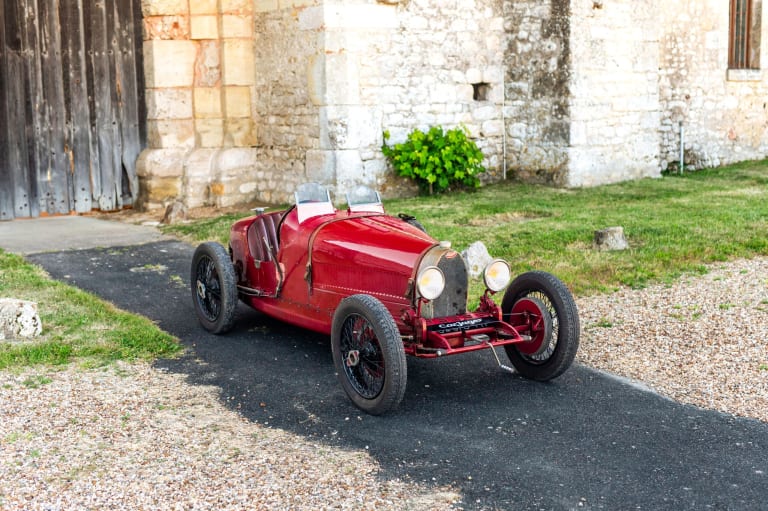
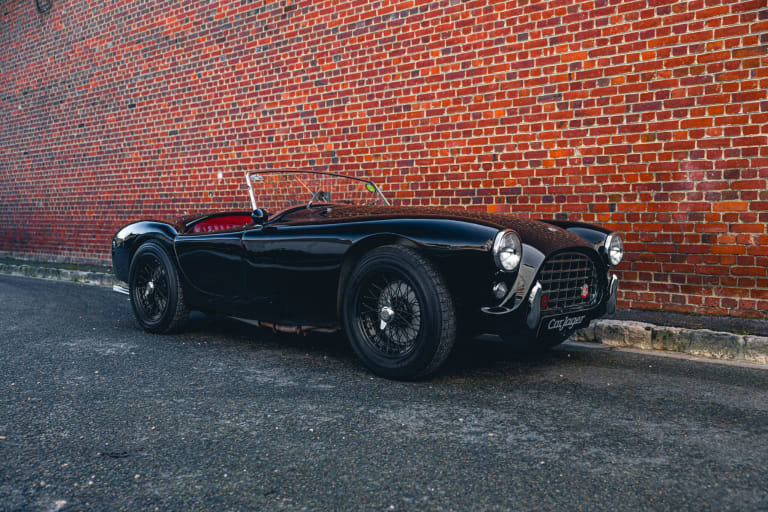
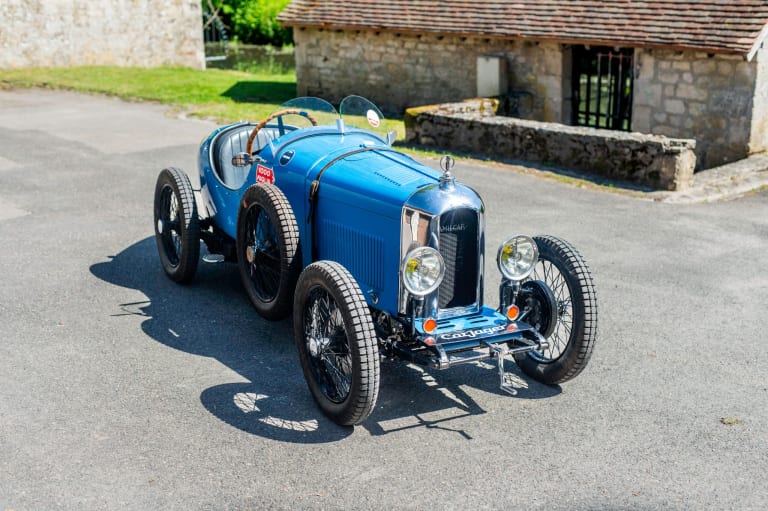
All these failings have drained both buyers — often deceived about what they purchased — and sellers, who are seduced by promises of “world records” but discover those records are set using no-reserve strategies that slash values to the bone. Such tactics only really suit older collectors who bought their cars 15–20 years ago and can still walk away with healthy profits. A blessed generation indeed…
I know this first-hand: CarJager welcomes, month after month, these buyers worn out by endless disappointments. And yet, like our national rooster crowing proudly in the muck, auction houses still trumpet their “successful sales,” “record results,” and “80% sell-through rates” — while buyers and sellers alike voice a very different truth.
In France, one of the major players has seen its calendar and results shrink dramatically after losing its flagship sale to a fast-rising American competitor. A true Bérézina for a house that helped shape this market 15 years ago, but has since failed to catch the 21st-century train. A century where the client comes first, commissions reflect value delivered, and you don’t move 80 cars across France just to sell half of them (or “80%,” according to the unions…).
Another French player applies the same outdated strategy but, starting from lower down, still benefits from its underdog status in this chariot race of antiques. “What we call firmness in a king is called stubbornness in a donkey.”
Meanwhile, the Americans don’t waste time. Bring a Trailer and Gooding are on the verge of becoming global leaders, while Broad Arrow — knife between its teeth — is poaching its rivals’ staff to build a giant. A curious mirror of today’s politics: Americans soar by closing doors to imports, while Europeans sink as they roll out the red carpet for China…
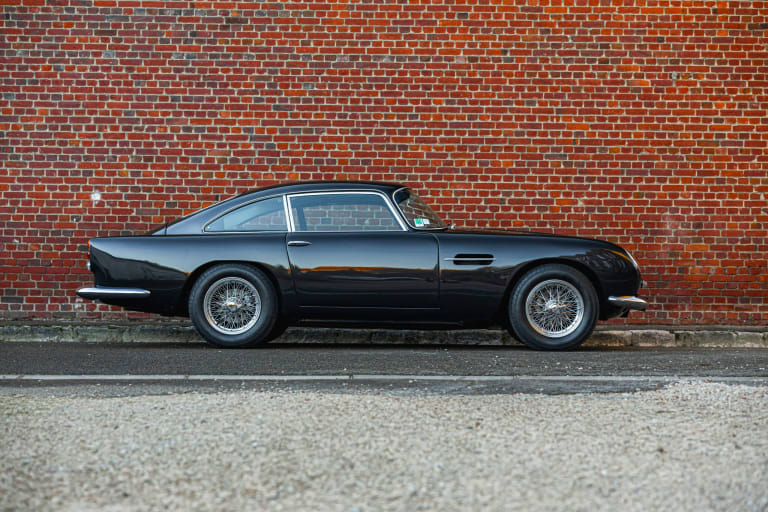
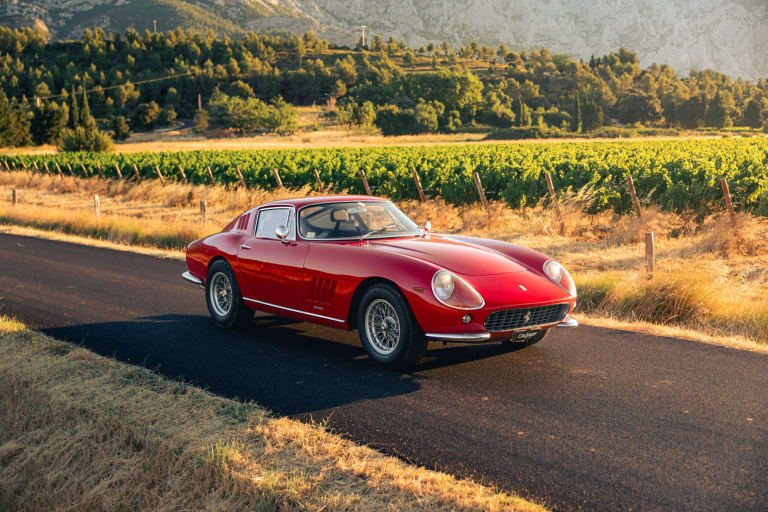
You might ask: “Why so much hostility?” It’s not about joining some sanctimonious crusade. It’s about reestablishing the truth in a market that is troubled but not doomed: the right cars — authentic classics, correctly priced, with proper documentation — still find delighted, discerning buyers.
Yes, the market is more complicated, slower, more cautious. CarJager can attest to that. After six years, we’ve become by far the leading French player in this field.
In the first half of 2025, we reached €33M in transactions for 350 cars — including 225 classics and 125 GTs & supercars — with an average price of €90,000 (€168,000 for High-End Broker), a 45% growth in turnover.
Among the sales:
-
1920s: Amilcar CGSS, Bugatti 37 (sold within a week)
-
1950s: AC Bristol, Jaguar XK120
-
1960s: Aston DB4 Mk4 and Mk5, Aston Martin DB6, two Ferrari Daytonas, a Ferrari 275 GTB, two Ferrari Dino GTS, a Ferrari 330 GTC, two Porsche 356 Roadsters and two Coupés, five Porsche “F” models
-
1970s: Maserati Ghibli Spyder and Coupé, Alpine A110 1600S
All sold at fair prices, properly inspected, guaranteed, and with complete documentation.
It’s clear that the Supercar and Youngtimer segments are proving especially resilient — particularly models above €150,000. But to collectors of older classics: keep the faith! Passion still drives this market. The right cars still sell, and they still buy, albeit with prices adjusted at the margins.
Think of it as an opportunity to acquire cars under better conditions than five years ago. But don’t expect fire sales: even on glossy paper, that’s always a bad omen.
At CarJager, we remain open to debate, to exchanges with our fellow auctioneers — whom I genuinely respect and admire for their achievements — and to whom, as a polite provincial waiter might put it, I wish a “happy digitalization” and a belated but necessary entry into this century. A century less glamorous than that of the XK, but infinitely more stimulating.
Vladimir Grudzinski, CEO

